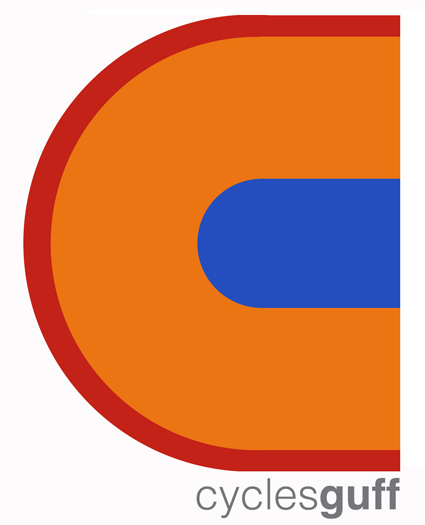The Puy de Dome lies to the west of Clermont Ferrand and has been at the heart of a few classic moments in the history of the Tour de France. Fausto Coppi was first to the top on the first visit in 1952. Poulidor and Anquetil rode elbow to elbow in 1964. Poulidor beat Anquetil to the top but, by refusing to ride behind Poulidor, Anquetil had intimidated him and preserved enough of his advantage to retain his lead. It was the closest that Poulidor ever came to wearing the yellow jersey.
Eddy Merckx was punched in the kidneys on the climb in 1975 and lost his lead and the tour. He has said that he never rode with the same strength again.
In 1978 Bernard Hinault was expected to win a time trial to the top but lost to Joop Zoetemelk. In failure he was spurred to win the Tour at his first attempt.
Hinault was back again in 1986 when he made another breakaway to help(?) Greg Lemond to victory.
The Tour organisers claim that the summit at the Puy de Dome is too small to accommodate all the paraphernalia of the modern Tour so have not visited since 1988. Others suggest that they objected to spectators being charged for access. It remains an icon and the possibility of return regularly crops up around October as the Tour route is announced.
The Puy de Dome is one of 112 extinct volcanoes in the Auvergne national park. From central Clermont Ferrand to the top is 15 km. The first 9 km are on the main D941 road.
As you make your way out of town in the cool of the early morning you get glimpses of Clermont Ferrand lying in the valley below. Beyond the hairpins that twist out of the city the Puy comes into view and sits patient and intimidating.
There is a brief if troubling respite as you turn onto the D942. It is a false flat of about 4-5% and progress is disconcertingly slow on the way to the turn onto the Puy itself and the final 600m of ascent.
The road on the Puy is private, only open to cyclists between 7 and 9am on Wednesdays and Sundays. (There is a sportive that finishes on the top www.ctmontferrand.com) As you pass the toll booth the ranger opens the barrier letting you through for free and a small sign lets you know that there are over 4km ahead at 12%
The trees give way to reveal views over the surrounding countryside as the road corkscrews precipitously round the edge of the volcano keeping strictly to that 12% with no let up. For the most part you stand up and sit down in and out of the saddle trying to find a rhythm on the unrelenting gradient. Slowly, ever so slowly the 500m markers pass and you reach a circular car park and viewing area with detailed information about the volcano and surrounding area. The Tour stopped here but you can pass through and climb another 50m to the weather station at the very top.
There is a panoramic view of the Auvergne with an array of the other extinct volcanoes (Puys) covered in a lush verdant green.
I have ridden the Puy de Dome three times. The first was filled with the pain that comes from not having enough gears as I weaved back and forward on the last excruciating kilometre. Second time I was better geared and my progress more direct and the last even better shortly after riding the Etape du Tour. The bike of choice, an Isaac Pascal. There is a neat connection since it is named after Blaise Pascal who experimented on the Puy when he was developing the concept of barometric pressure.Though it was his brother who was sent to the top.
The Puy de Dome has played a dramatic part in Tour history that makes riding it quite a thrill. The road is closed to traffic, you must make a special effort to get there and be on time to climb. The views from the top in the crisp early morning light are stunning, followed by 80kph+ descents and after all that you can be back in time for breakfast.
Puy de Dome 1465m
Clermont Ferrand, Department of Puy de Dome, France.
Length 15 km, height gained 1097m
A version of this post (writen by the rider) was published in Cycling Weekly on 22 May 2008




No comments:
Post a Comment